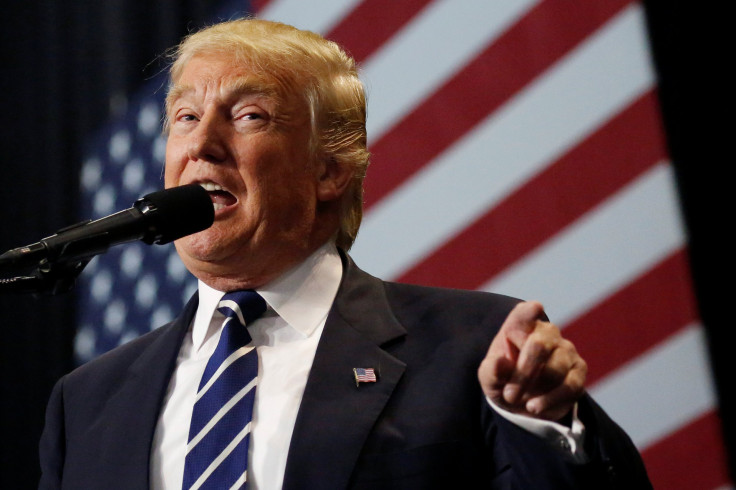How Does The Electoral College Vote Process Work? Where And When Electors Meet To Pick Next President

As explicitly laid out in the Constitution, the presidential election is not completely decided until each member of the Electoral College, better known as electors, cast their votes for the president on the first Monday after the second Wednesday in December.
This year, that date is Dec. 19, and while President-elect Donald Trump’s campaign and the Republican National Committee exert a long-reaching lobbying effort to make sure electors pick the candidate that each states’ voters chose on Election Day, the electors are not legally required to pick Trump or, for that matter, even election-loser and Democrat Hillary Clinton. That means they could vote for whoever they want, whether its Michelle Obama, Rand Paul or Tinker Bell.
Amid cries for an amendment to the Constitution to get rid of the Electoral College – the only legal way to do so – there has been some confusion about the system and how it works. In fact, the final Electoral College vote won’t take place until next month in Congress.
Yes, technically, Trump clearly won enough states - 29 in total - in the general election to become president. And throughout the country’s history, state electors have usually cast their votes in the Electoral College per voters’ preferences. But, according to the National Archives explanation, nowhere does it say that the members of the Electoral College are compelled to pick Trump or whichever candidate won the election.
The Electoral College process requires six steps before completion. First, states pick their electors, who are usually nominated by political parties and then via a popular vote election decided by the voters.
Second, after Election Day, the governor of each state must prepare seven documents called Certificates of Ascertainment, which can vary in appearance but under law must include the full list of electors in the state.
Third, governors must then send one of the original certificates, as well as two copies, by either registered mail or a commercial carrier to the National Archives. Electors should receive them, at the latest, by Dec. 19 and they must be submitted to the national archivist no later than Dec. 28. The remaining six copies will be kept by each state and used by the electors and attached to the Certificates of Vote used when they meet for the Electoral College vote.
Fourth, each state must hold their Electoral College vote on Dec. 19. There is no required meeting place for the vote. Usually ,the state’s capitol building is the designated place.
From there, the fifth step involves the Certificate of Vote. Like the Certificates of Ascertainment, there is no exact format, but by federal law they must include specific information and six original certificates must be filled out. Each must have two separate lists for both president and vice president and include each candidate who received electoral votes for each position. Electors then sign each of the six Certificates of Vote and attach one of the aforementioned Certificates of Ascertainment to all of them, and follow up by sealing them and certifying that they do in fact contain the list of electoral votes for president and vice president from that particular state.
Those six Certificates of Vote are then dispersed to several officials. One goes to Vice President Joe Biden, who is president of the Senate, two go to the national archivist and two go to the secretary of state for each state and must be accessible to the public for at least one year. The last is received by the chief judge of the federal district court that holds jurisdiction over wherever the electors met.
The final official vote of the Electoral College is then conducted in Congress on Jan. 6, 2017.
© Copyright IBTimes 2024. All rights reserved.





















